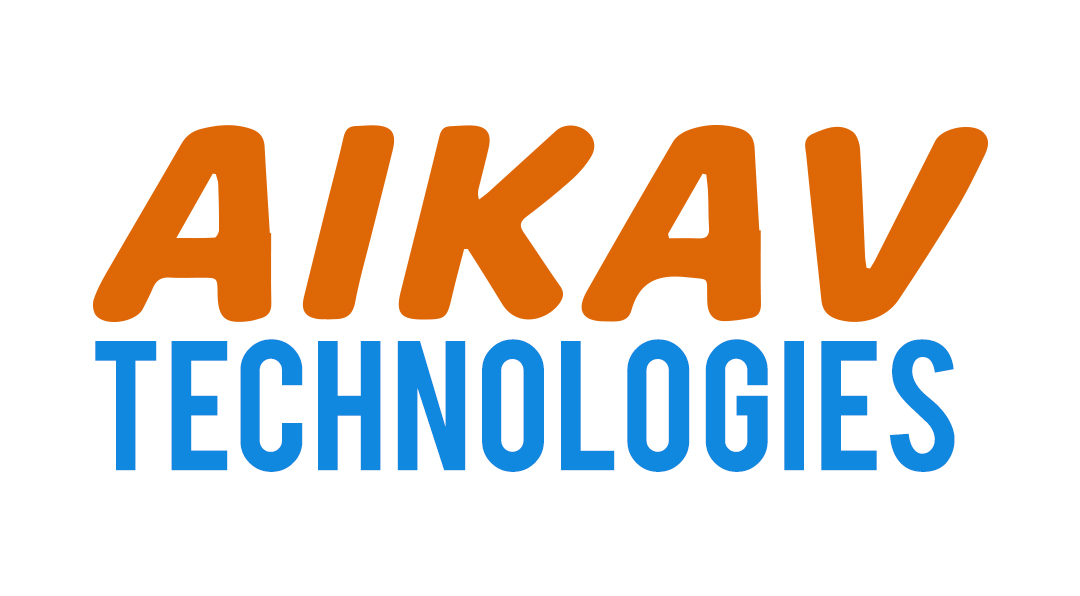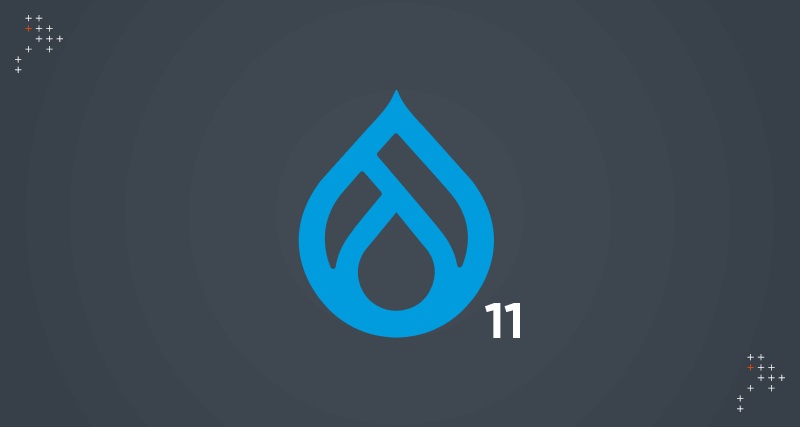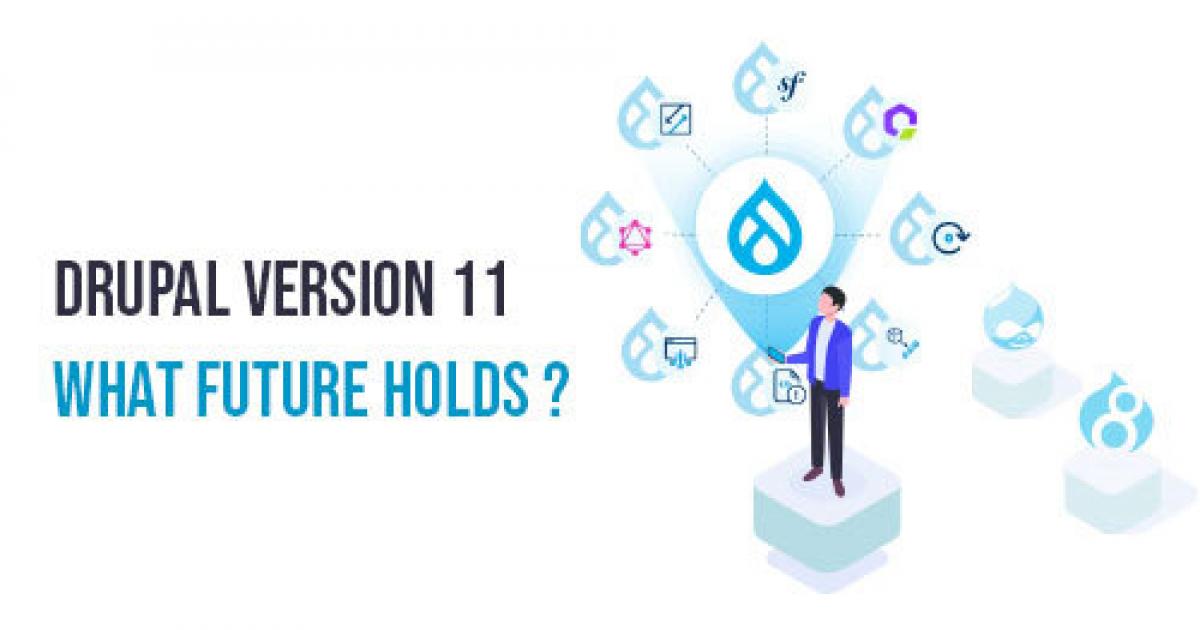
Migrating from Drupal 7 to Drupal 10 is a critical step for organizations looking to take advantage of the latest features, security updates, and performance improvements offered by the newer version of the CMS. This process, however, can seem daunting given the substantial changes between Drupal 7 and Drupal 10, as well as the challenge of integrating API endpoints.
Drupal 7 to Drupal 10 Migration:
Drupal 7, which has served as a reliable and popular version for many years, is nearing the end of its official support, making migration to Drupal 10 crucial for maintaining a secure and future-proof website. The migration process involves several key steps:
Content Migration: Moving content from Drupal 7 to Drupal 10 requires careful planning to ensure that all data, such as nodes, users, taxonomy, and media, are properly transferred. This process involves utilizing Drupal's Migrate API or custom migration scripts to facilitate the transfer of content.
Module Compatibility: Many Drupal 7 modules have been deprecated or rewritten for Drupal 8 and later versions. Migrating involves identifying which modules in Drupal 7 need to be replaced with newer alternatives in Drupal 10, ensuring compatibility, and sometimes even customizing certain modules to work with the new system.
Theme Migration: Drupal 7’s theme system is quite different from the one used in Drupal 10. The migration process will likely involve redesigning or adapting existing themes, as Drupal 10 uses a more modern and flexible Twig-based templating system.
Custom Code: Any custom code developed for Drupal 7 must be reviewed, updated, and rewritten for compatibility with Drupal 10. This may involve refactoring outdated hooks, APIs, and custom modules to align with the new architecture of Drupal 10.
Migrating API Endpoints:
API endpoints are crucial for integrating third-party applications, mobile apps, and external systems. Migrating API endpoints from Drupal 7 to Drupal 10 presents its own unique set of challenges:
Migration of RESTful Services: In Drupal 7, the Services module was widely used for creating RESTful API endpoints. In Drupal 10, the RESTful Web Services module has been significantly improved, offering better performance and more flexibility. Migrating these API endpoints requires transforming the older Drupal 7 Services configurations into Drupal 10’s native REST API, JSON:API, or GraphQL implementations.
Custom API Integration: For custom API integrations, the migration involves ensuring that the endpoints, data structures, and authorization mechanisms are compatible with the newer API systems in Drupal 10. This may involve adjusting the way data is serialized or creating new custom API endpoints that follow Drupal 10’s standards.
OAuth and Authentication: In Drupal 7, API authentication methods like OAuth might have been custom-built or less standardized. Drupal 10 provides a more refined approach to API authentication, including OAuth2 and other modern security protocols. Migrating these authentication mechanisms is an essential part of the API migration process.
Conclusion:
Migrating from Drupal 7 to Drupal 10, especially when dealing with API endpoints, requires a structured and careful approach. This migration not only ensures you’re running a more secure, efficient, and feature-rich system but also provides an opportunity to modernize your site’s architecture, improve API integrations, and deliver a better user experience. By following best practices and leveraging tools like Drupal's Migrate API, you can make the transition to Drupal 10 as smooth as possible.



